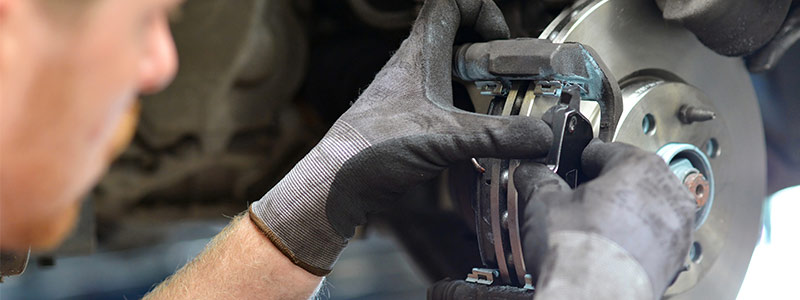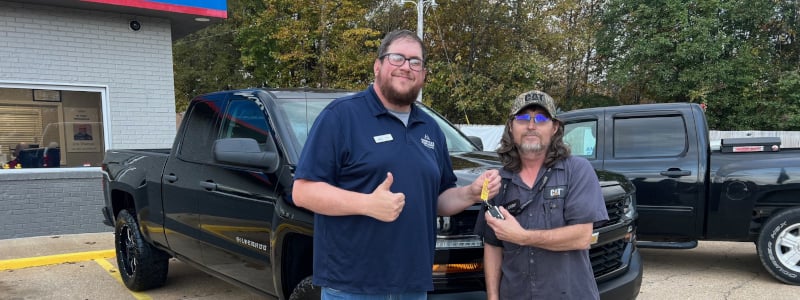Editor’s Note: This blog was initially published in April 2019 and has been updated in February 2025 with new information and links to additional helpful blogs.
Squeal. Squeak. Grind.
These three sounds could be signs your brakes are wearing out, according to Pat Stutsy-Waldrep, General Manager at America’s Car-Mart of Oxford, Miss.
Pat notes that, for obvious reasons, brakes are the most important part of your car for safe driving and must be well maintained to work at their best. “So, check your brakes regularly to avoid costly repairs and for your safety,” Pat says.
A car’s brake system consists of pads, rotors, drums, shoes, calipers and a master cylinder. The calipers squeeze the brake pads against the surface of the rotor or drum to slow or stop the vehicle, an important function. Over time, these parts will age and operate less efficiently.
“A good rule of thumb is to have your brakes checked when you rotate your tires. Generally, brake pads should be replaced after 50,000 miles,” says Pat. “Some may need to be replaced after 25,000 miles. It all depends on your driving, highway versus city driving.”
Pat says ‘Pay attention to these six warning signs’:
- Brake Light On
This alert on your dashboard means it’s time to check your brakes immediately. - Squealing or Grinding Brakes
This high-pitched noise, when you apply your brakes, means your brake pads may be worn out and getting too thin. - Shaking when Braking
When your steering wheel shakes when you apply the brakes, it means your brake rotors are warped. - Sinking Brakes
When your brakes sink to the floor, you have a soft brake pedal, perhaps leaking brake fluid. - Pulling to One Side
When you apply the brakes and your car pulls to one side, the brake pads are worn unevenly, or one of the calipers is dragging. Replacement is needed. - Burning Smell while Driving
This is a sign of overheated brakes or clutch.

“When you experience any of the above situations, get your brakes checked immediately. And don’t delay,” Pat says.
Pat shares two ways to check your brakes:
- Look at the wheels
According to Motor Week, dust accumulation in the wheel is a sign of normal wear. As the brake pads wear out completely, the dust on the wheels usually decreases. (Hey, who knew dust is good!) - Look at the brake pad through the spaces of the wheel
Determine the brake pad’s thickness. If it seems thin—less than ¼ inches—it needs replacement, according to J.D. Power.
“The bottom line is to listen to your brakes and pay attention,” Pat says. “Good, functional brakes are key to safe braking and safe driving.”
Has your vehicle reached the end of its life expectancy and time for a new one? Let us put you in an affordable, quality, used vehicle today. Check out our inventory at one of our locations or go online at https://wpstage.car-mart.com/cars/. And get pre-qualified with no credit hit!
Want to know more about vehicle maintenance? Check our other blog articles on taking care of your vehicle:
- 10 basic car maintenance tips
- 8 things to know about oil changes
- 6 tips to extend the life of your battery
- Check your 4 filters – air, cabin, fuel, oil
- The importance of wiper blades
- Make washing your car a part of your maintenance routine
Let’s Get You On The Road – Get Pre-Qualified
It’s quick and easy, with no impact on your credit.



